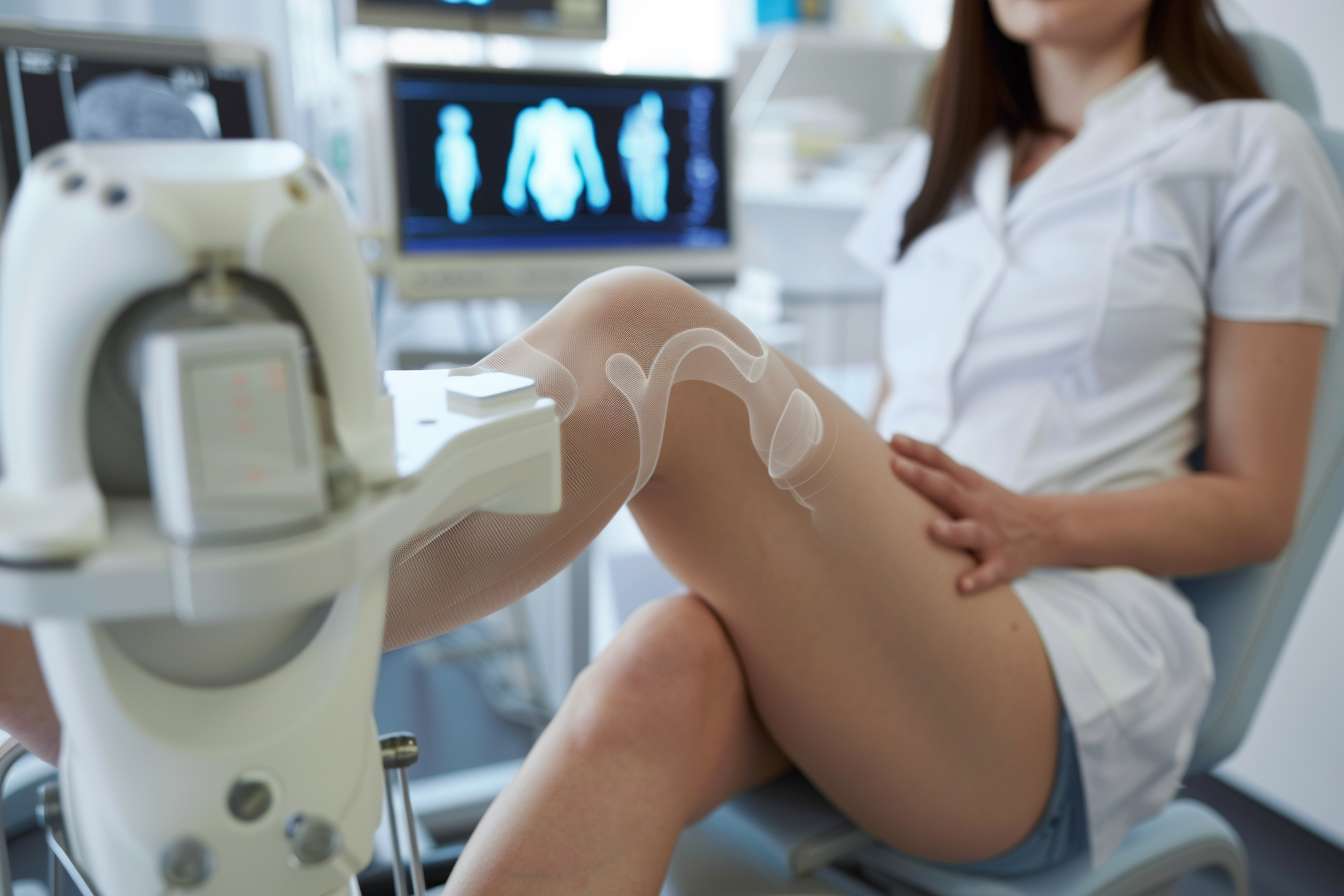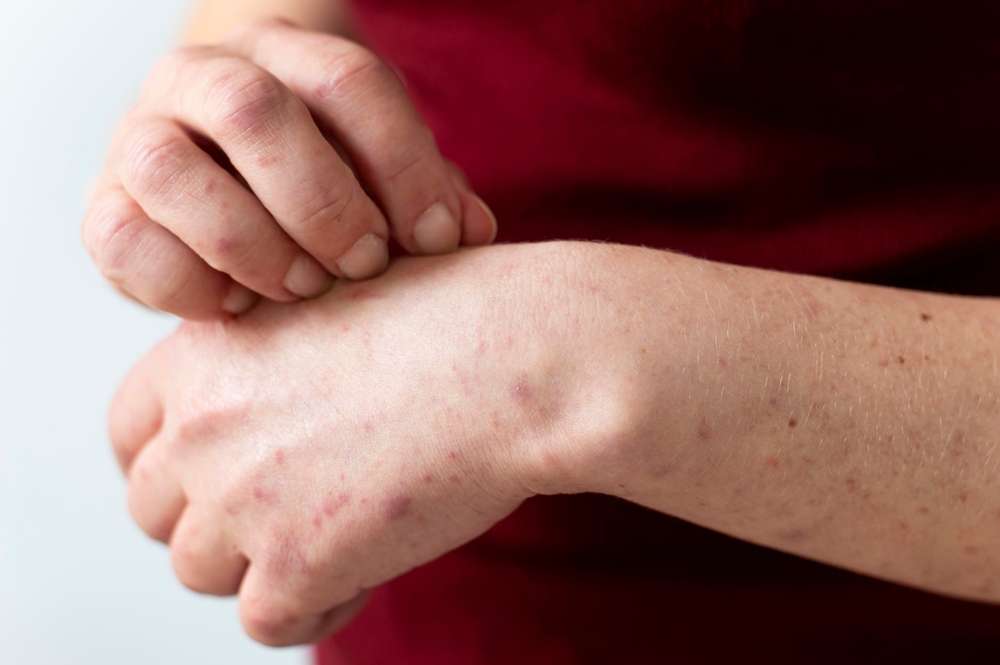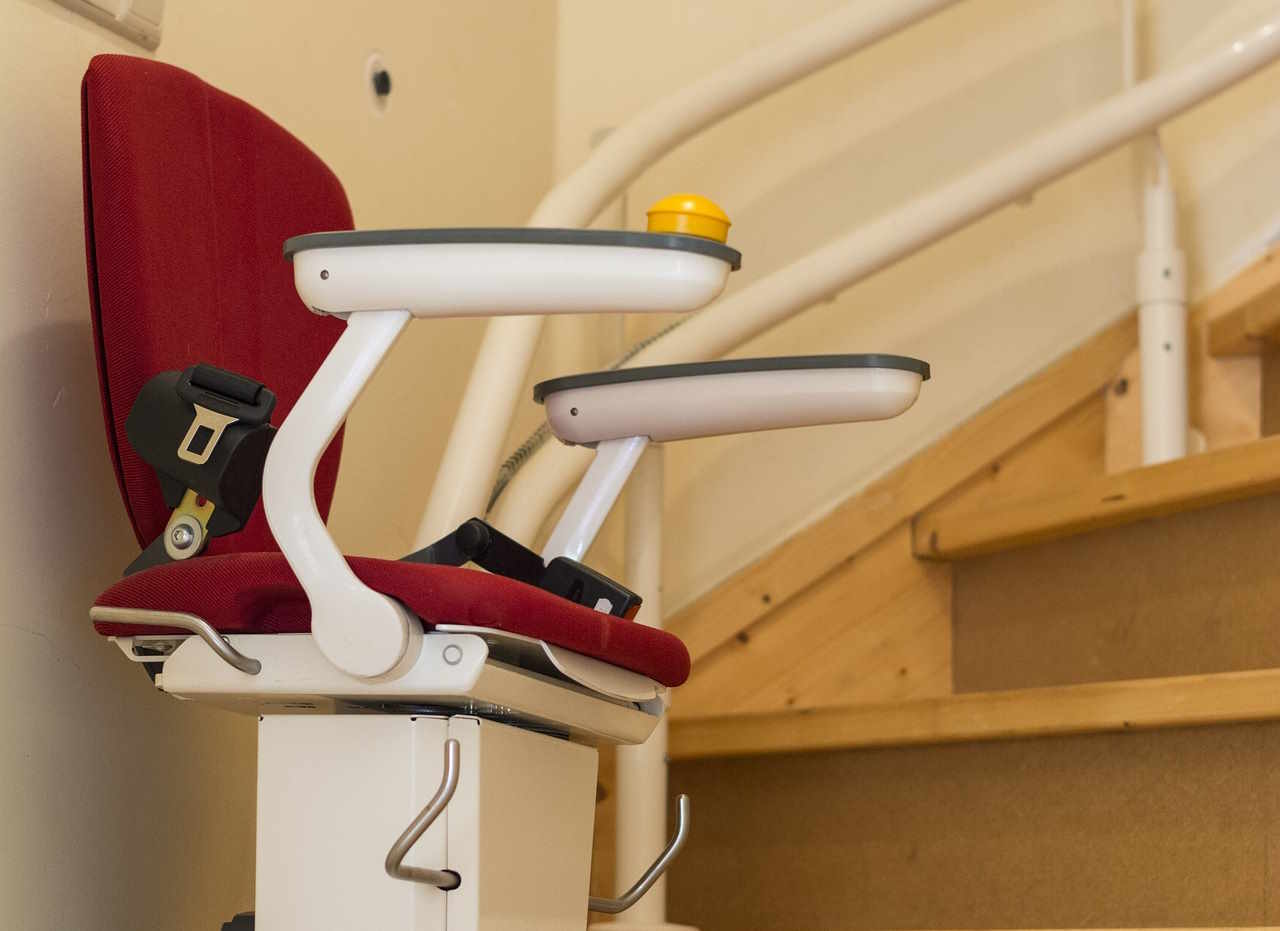Overview of sperm donation programs and their processes
Sperm donation programs provide a structured pathway for individuals to contribute to assisted reproductive technology while helping couples and individuals achieve their family-building goals. These programs involve comprehensive screening processes, legal frameworks, and medical protocols designed to ensure the safety and success of all parties involved. Understanding how these programs operate can help potential donors make informed decisions about participation.

Sperm donation has become an integral component of modern reproductive medicine, offering hope to countless individuals and couples facing fertility challenges. The process involves rigorous medical and psychological evaluations, legal protections, and ongoing support systems that benefit both donors and recipients.
Understanding the Basics of Sperm Donation Programs
Sperm donation programs operate through specialized fertility clinics and sperm banks that maintain strict protocols for donor recruitment, screening, and sample collection. These facilities typically require donors to be between 18 and 40 years old, meet specific health criteria, and commit to regular donations over several months. Programs often include comprehensive medical histories, genetic testing, and psychological evaluations to ensure donor suitability.
The infrastructure supporting these programs includes advanced laboratory facilities for sample processing, storage systems maintaining samples at extremely low temperatures, and detailed record-keeping systems that track donor information while maintaining anonymity protocols. Many programs also provide educational resources and counseling services to help donors understand their role in the reproductive process.
The Process and Requirements for Sperm Donation
The donation process begins with an extensive application and screening phase that can take several weeks to complete. Initial requirements typically include height and weight parameters, educational background verification, and detailed family medical histories spanning multiple generations. Physical examinations assess overall health, while laboratory tests screen for infectious diseases, genetic conditions, and sperm quality parameters.
Once accepted, donors follow strict protocols regarding lifestyle factors such as alcohol consumption, smoking, and sexual activity. Regular donations occur on scheduled intervals, usually two to three times per week, with each sample undergoing quality testing before acceptance. The entire commitment period often extends six months to one year, during which donors must maintain consistent health standards and communication with program coordinators.
Potential Benefits of Participating in Sperm Donation
Participation in sperm donation programs offers several advantages beyond the altruistic satisfaction of helping others build families. Donors receive comprehensive health screenings that provide valuable insights into their reproductive health and genetic profile. These evaluations often include tests that individuals might not otherwise access, creating opportunities for early detection of potential health issues.
Financial compensation represents another significant benefit, with most programs offering payment for each acceptable donation. Additionally, many donors report personal fulfillment from contributing to the creation of new families, particularly when programs provide limited feedback about successful pregnancies resulting from their donations.
Legal Framework and Donor Rights
The legal landscape surrounding sperm donation involves complex regulations that vary by jurisdiction but generally prioritize donor anonymity and parental rights of recipients. Donors typically relinquish all parental rights and responsibilities through comprehensive legal agreements signed before beginning the donation process. These contracts clearly outline expectations, compensation terms, and confidentiality provisions.
Donor rights include protection of personal information, fair compensation for time and effort, and access to counseling services throughout the process. Many jurisdictions also provide donors with the right to withdraw from programs before samples are distributed, though specific timeframes and conditions apply. Legal protections ensure that donors cannot be held financially responsible for children conceived through their donations.
The Recipient Experience and Selection Process
Recipients of donor sperm typically work with fertility specialists to select donors based on various criteria including physical characteristics, educational background, and medical history. Many programs provide detailed donor profiles while maintaining anonymity, allowing recipients to make informed choices about genetic compatibility and desired traits.
The matching process often involves counseling sessions where recipients discuss their preferences and expectations with program coordinators. Some programs offer additional services such as genetic counseling, fertility treatments, and ongoing support throughout the pregnancy process. Recipients may also have options regarding future contact policies and sibling registries for children conceived from the same donor.
| Service Provider | Compensation Range | Key Features |
|---|---|---|
| California Cryobank | $100-$200 per donation | Extensive genetic testing, detailed profiles |
| Fairfax Cryobank | $75-$150 per donation | Photo matching, extended profiles |
| Seattle Sperm Bank | $80-$125 per donation | Open identity options, sibling registry |
| Xytex Corporation | $70-$140 per donation | Genetic counseling, health guarantees |
Prices, rates, or cost estimates mentioned in this article are based on the latest available information but may change over time. Independent research is advised before making financial decisions.
Sperm donation programs continue evolving with advancing reproductive technologies and changing social attitudes toward family building. These programs represent a carefully regulated intersection of medical science, legal frameworks, and personal choice that benefits all participants when properly managed. Understanding the comprehensive nature of these programs helps potential donors and recipients make informed decisions about participation in this important aspect of reproductive medicine.
This article is for informational purposes only and should not be considered medical advice. Please consult a qualified healthcare professional for personalized guidance and treatment.




